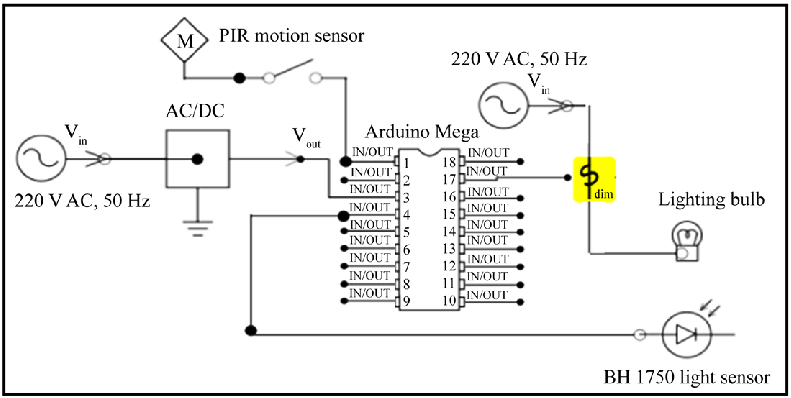Low Voltage Smart Blinds Power Design – Efficient & Safe Automation

Designing low voltage power systems for smart blinds can be tricky. These motorized systems typically run on 5V–12V and require stable, efficient power to prevent jerky movement or system resets. The key challenge is balancing power delivery, safety, and efficiency in a compact setup.
⚠️ The Problem: Power Drops = Malfunctioning Blinds
Smart blinds powered directly from unstable USB adapters or basic regulators can experience voltage dips during motor startup. This results in blinds stopping midway or ESP controllers rebooting. Power issues can also shorten motor lifespan due to overheating.
✅ The Solution: Use Buck Converters and Capacitive Buffers
Use a buck converter to step down 12V to 5V or 9V efficiently.
Add a large electrolytic capacitor (470µF–1000µF) near the motor to handle startup surge.
Include a freewheeling diode across the motor terminals to suppress voltage spikes.
🔧 Practical Example
If you’re using a 12V Li-ion battery to run a 5V ESP8266 and motor, a buck converter (like LM2596) provides stable voltage. Add a 470µF capacitor at the motor’s input to prevent voltage sag, ensuring smooth curtain motion.
📏 Sample Calculation
Motor surge current: 1.5A
Voltage drop tolerated: 0.5V
Capacitance needed:
C = I × Δt / ΔV = (1.5A × 0.05s) / 0.5V = 1500µF — use ≥ 1000µF.
🛒 Product Suggestion: Power Smart, Build Local
Explore buck converters and capacitor kits, proudly Made in India:
Shop now at SmartXProKits.in — Support our work and India’s innovation—buy from our Make in India site!




















